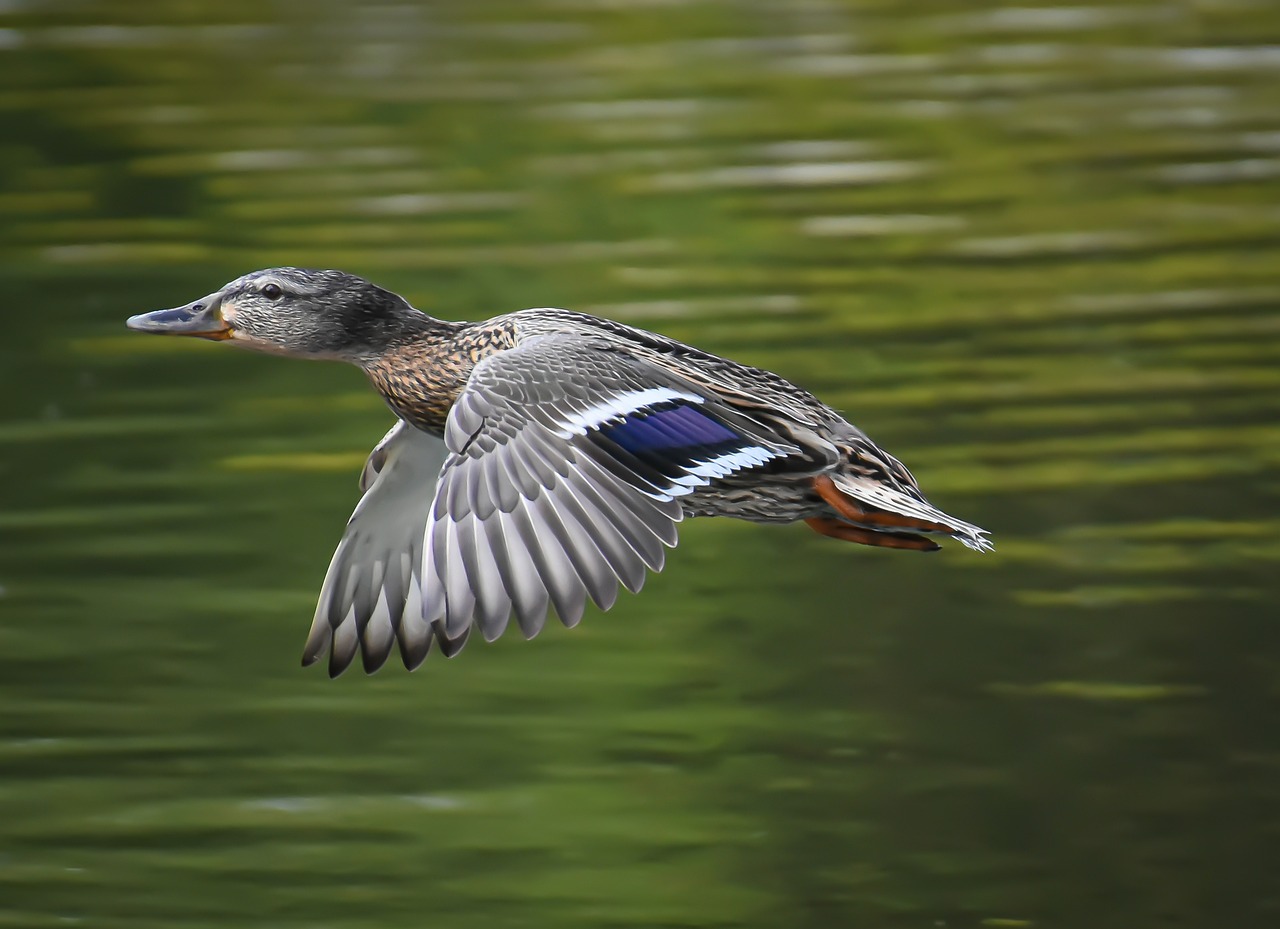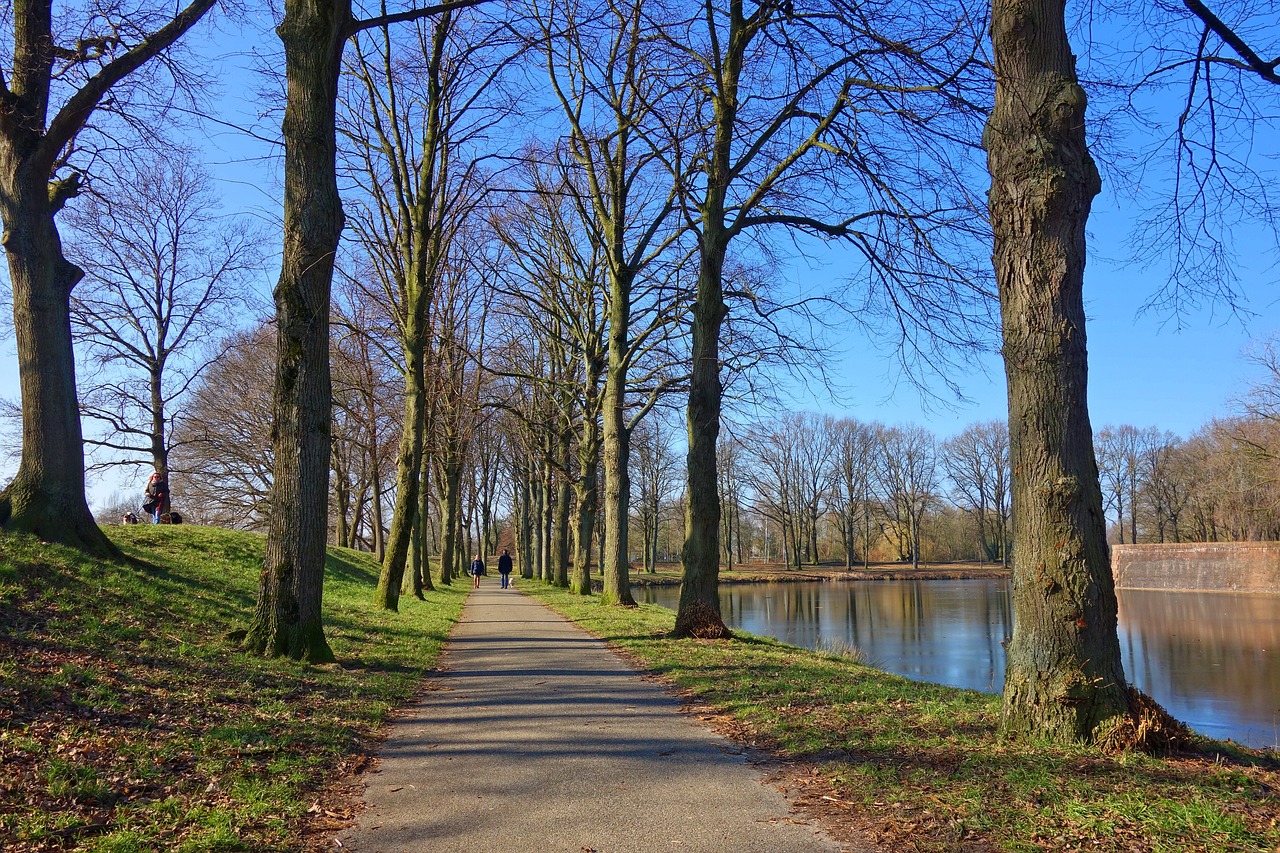By 1808Delaware; Ohio Department of Natural Resources
Winter weather brings an influx of interesting bird species and birding prospects to the Buckeye State, according to the Ohio Department of Natural Resources (ODNR) Division of Wildlife. State wildlife areas feature diverse habitats and are open to the public year-round. These areas offer excellent places to view winter birds.
Delaware County provides more than one excellent bird watching habitat. On Sunday January 1 alone, species spotted at Alum Creek State Park included Ruddy Duck., Mallard, Horned Grebe, Rock Pigeon and 13 others according to eBird.
Some of Ohio’s breeding birds migrate out of the state during the winter, but cold weather drives other species here. Snow buntings, Lapland longspurs, dark-eyed juncos, short-eared owls, and pine siskins are among the species that are found in winter. Resident birds such as cardinals, screech-owls, woodpeckers, and many hawks remain in Ohio year-round.
Below you will find details on finding some of winter’s most iconic birds. Birding can be enjoyed solo or with friends, so bring someone with you to share in the experience. Please keep in mind that many public areas also welcome hunters, and hunting seasons for white-tailed deer and other species are underway. Wearing hunter orange clothing as a safety precaution is recommended. Hunting season dates and other regulations are listed at wildohio.gov.
Winter is one of the best times to view bald eagles. Adult and immature bald eagles often group up in the winter near available food sources. The white head and tail of adult bald eagles are unmistakable, but the mottled brown and white plumage of immatures is more difficult to distinguish. Look for eagles congregating or building nests in areas like Metzger Marsh Wildlife Area (Ottawa County), Delaware Wildlife Area (Delaware County), and Caesar Creek Lake Wildlife Area (Clinton, Greene, and Warren counties).
Ohio’s bald eagle population has been on the rise in recent years. The spring 2022 nest survey estimated 824 breeding pairs in Ohio, with the highest concentrations near Lake Erie and large river systems. Eagle pairs build nests throughout the winter and lay eggs in February or March.
Barred owls and eastern screech-owls are year-round Ohio residents, but others are only found during the winter. Look in large grasslands for short-eared owls, which can be seen at dawn and dusk flying with deep, slow, moth-like wingbeats. Killdeer Plains Wildlife Area (Wyandot County), Appalachian Hills Wildlife Area (Guernsey, Morgan, Muskingum, and Noble counties), and Crown City Wildlife Area (Gallia and Lawrence counties) are likely spots.
Snowy owls are one of the most sought-after winter visitors, using open fields and rocky shorelines as substitutes for their usual tundra haunts. One of the few diurnal owls (active during the day), look for the snowy owl’s mostly white feathers and bright yellow eyes in places such as Mosquito Creek Wildlife Area (Trumbull County), Headlands Beach State Park (Lake County), and Maumee Bay State Park (Lucas County).
Cold weather and freezing water force many waterfowl south each winter. Look for residents of the far north like tundra swans in open marshes, lakes, and flooded fields, often mixed with flocks of slightly larger trumpeter swans. Deer Creek Wildlife Area (Madison County), Funk Bottoms Wildlife Area (Wayne and Ashland counties), Killdeer Plains Wildlife Area (Wyandot and Marion counties), and Magee Marsh Wildlife Area (Lucas and Ottawa counties) are likely locations for winter swans.
Diving ducks such as redheads, canvasbacks, common goldeneyes, buffleheads, mergansers, and more seek open water. Look for them at Alum Creek State Park (Delaware County), Buckeye Lake State Park (Fairfield, Licking, and Perry counties), and Mosquito Creek Wildlife Area (Trumbull County), especially as other lakes freeze.
Snow, Ross’s, cackling, and greater white-fronted geese often join flocks of Canada geese throughout the winter. Wetlands, open lakes, and agricultural areas attract these uncommon geese, which appear smaller than Canada geese. Scour locations like Killbuck Marsh Wildlife Area (Holmes and Wayne counties), Pickerel Creek Wildlife Area (Sandusky County), and East Fork State Park (Clermont County) for a glimpse of out-of-the-ordinary geese.
Many winter birds spend time in open fields and large bodies of water where they can be difficult to view. A good pair of binoculars or even a spotting scope is recommended to spot birds at long distances. Winter can be a tough time of year for birds, so it is best to observe birds from a distance to avoid disturbing them or scaring them away from scarce food resources.
Consider these additional resources to help enhance your bird watching experience: Common Birds of Ohio field guidebook, available at wildohio.gov, and Cornell Lab of Ornithology’s eBird online database and mobile app. The platform offered by eBird provides users an opportunity to serve as citizen scientists by contributing valuable information regarding bird populations. Learn more about the longest-running citizen science project in the world, the Audubon Christmas Bird Count, at audubon.org.
Connect with the Division of Wildlife through Twitter and Facebook for instant news stories, outdoor recreation ideas, and local wildlife information as you get outside this season.










